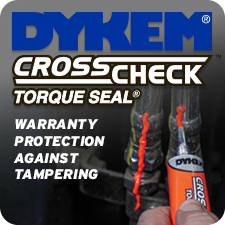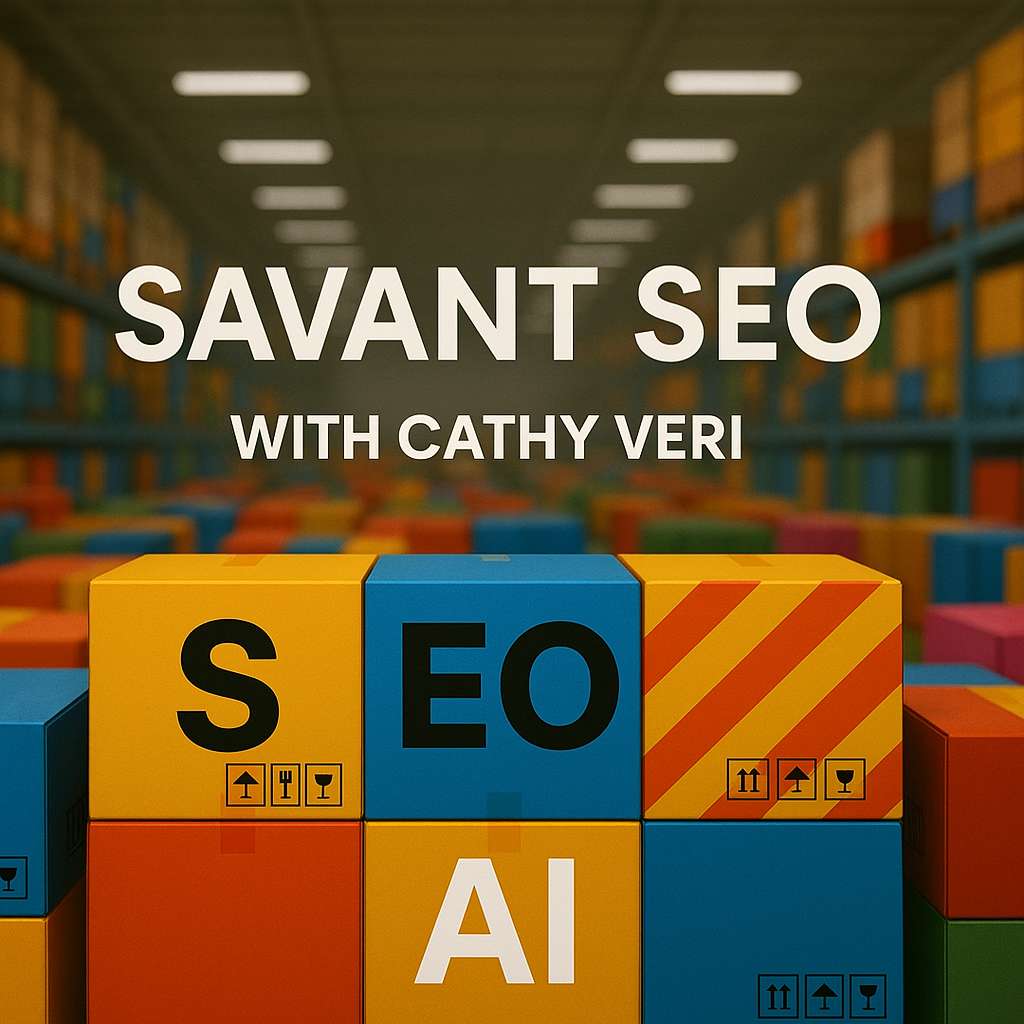Is your ERP a Mothership or just a satellite?
by Neil Gillespie and Allen Ray
Most distributors of any size invested in a distribution-specific ERP system that handles the specific nuances of the wholesale distribution business, save a few goliaths. The goliaths invested in SAP or an Oracle-based system. But there are not that many goliaths.
ERP Software Company Consolidations
If you noticed, there have been quite a few software consolidations that have taken place over the years, and for good reason. The first few were because the distribution industry consolidated for the most part, yielding fewer check writers. Then the industry took a swan dive with the recession, hit bottom and didn't rise very much from there. Capital investment wasn't the number one thing on distributor's minds, so more consolidation among business systems could be expected.
That's exactly what happened. Epicor's private equity owner APAX recently bought Activant, which had previously acquired Eclipse, Prophet 21, Array (TSS), Prelude and Speedware. Activant also has Vista Information Services (which distributors and manufacturers use) and is the platform / partner for IDEA. APAX plans to merge the companies into four units, distribution being one of these. Infor just completed purchasing Lawson. And these are just a couple of examples.
So, now what? What happens when an ERP company buys others? Well they want a return on their investment, of course. The way to get that return is to minimize the investment in multiple platforms necessary to keep the profitable part of the customer base. They have issues, though. Distributors tend to hang on to their older systems and don't migrate as quickly as the acquirers would like.
The acquirers do like any stock portfolio manager would do. They look at products like stock and calculate the return they can get. Then they pick the winners and invest in those. And they look for products that cover multiple industries, unless an industry is very large and lucrative. The other products are slowly taken off life support. Sometimes not so slowly, like when we're still in a very slow capital investment environment and they can't rely on new installation income as much to hide the poor performers.
What's Number One On Your Criteria List? (and 2 and 3 and 4 . . .)
Having kicked the tires on a few business systems, there are some favorite criteria for choosing ERP systems in different situations. But the probable fate of your system in the ERP maker's portfolio of platforms has risen to number one on the list. And it should rise to number one in your criteria as in this "new" economy.
Here's a baker's dozen of other difference makers you might consider:
- What comes with the base package? How do they charge for it? How do they install and train your people?
- What are the add-on modules and what do they cost? What type of pay back do you get?
- How well do they execute EDI transactions-orders, invoices, automatic ship notifications, SPA price notifications, SPA claims and credits????
- How complete and easy is it to use their product data warehouse or file?
- How complete and easy is it to use their warehouse management/wireless bar code reading equipment?
- How complete and easy is it to export data to Excel and PDF documents?
- How easy is it to link your product database to a web store front?
- How accessible is the DATABASE? Is it proprietary or an open access database like SQL or Oracle?
- How easy is it for order entry to look up non-stock items in a complete product database outside of the production file?
- How easy is it to execute matrix pricing? Or load a price matrix you prepare off line?
- How good is the forecasting and purchasing capability in generating automatic replenishment orders? Can it handle multiple logistics setups, like CDC, hub and spoke, or multiple instances of these?
- How easy does it execute 3-way matching of orders, thus streamline accounts payable work?
- What new capabilities are they investing in with this specific system? Like mobile apps. or margin control.
Of course, there are more that can be added to the list. But do you have the above considerations on your list?
ERP Lifespan
Most of all, you really need to determine what the lifespan of your current ERP system is. Will it be supported? If so, how long? How fast will you be able to get support? ("All support technicians are busy, your approximate holding time will be 45 minutes...give or take an hour"). Will they invest in it? What is their deal to migrate you to the "Mothership" package?
This is business, folks. When you have branches that don't deliver or people that don't deliver, you look to serve the customers some other way than through the branch or person that's not making it.
ERP product lines aren't all that different. Whatever is not delivering to the bottom line has to be consolidated or cost reduced. Plus if you slowly draw down the resources devoted to a package (i.e. additional programming investments and installed base support), maybe the buffalo herd won't notice as much and will stick around so you can migrate them over time to your Mothership.
The moral of the story? Get on a Mothership. Start compiling your criteria now if you're not already on one.
And here's another tip. Find out what percentage of the parent company's sales your package is. And if you can get it, the percentage of the total INCOME (revenue) for the company, then you will know where you stand. Is it the Mothership or a small satellite?
Contact Neil and Allen at www.growthwizards.com.














